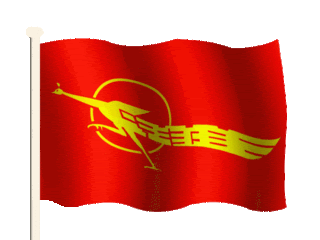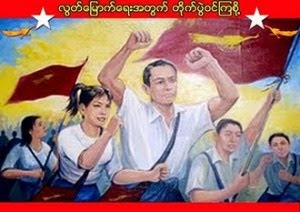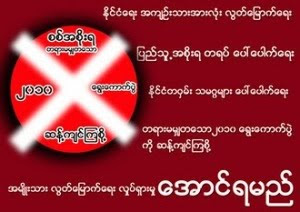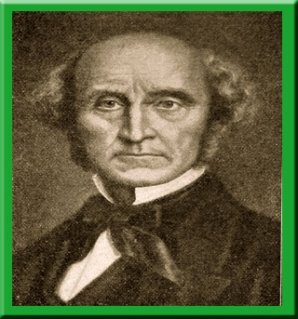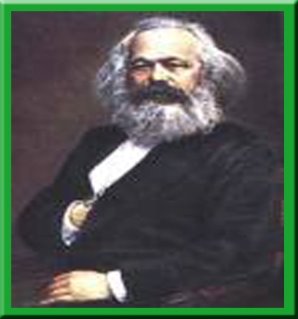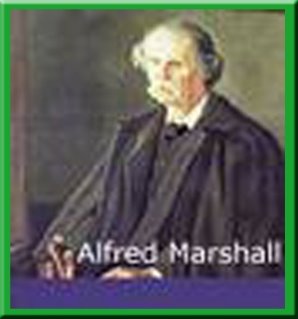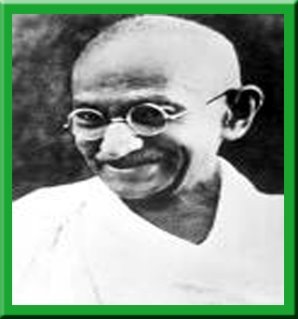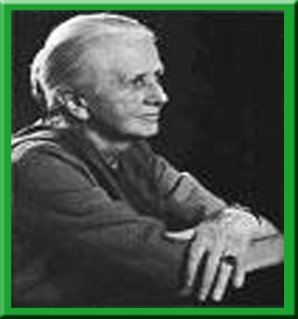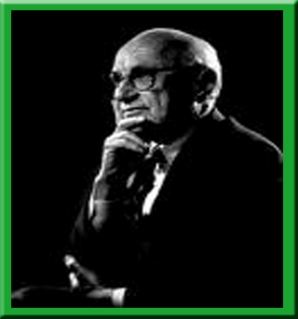Same Technologies, different outcomes
Nuclear reactors and nuclear weapons only differ in the management of the nuclear chain reaction and in the nature of the energy produced. The chain reaction is sustained by the isotope uranium 235 that presents in the small portion of 0.7 percent, U238 that have 140 times more abundant will present the severe competition for the capture of the fast neutrons resulting from fission. But the probability of fission capture by U235 is greater for slow than for fast neutrons, the proportions of neutrons can be increased by slowing them down in a moderator such as heavy water or graphite.
In a power reactor, the heat is removed from the fission material and used for the generation of electricity. The power level is governed by the movement of control bars made from a substance which captures neutrons. On the other hand, the presence of U238 ensures that plutonium is created as long as the reactor is operated, being operated into nuclear weapons. The main point is that the operation of a fission reactor can produce not only the commercial power but also plutonium for nuclear weapons and neutrons for research and for manufacture of artificial isotopes. (Legault & Lindsey, 1976)
Horizontal and vertical proliferation
In January 1946, the United Nations General Assembly passed a resolution establishing the UN Atomic Energy Commission (UNAEC). Its objective is to make proposals for elimination of nuclear weapons and the use of nuclear energy for peaceful purposes under international control.
In the late 1950s, negotiations began on a Comprehensive Test Ban Treaty (CTBT) occurred in the context of a Soviet Union-United Kingdom-United States moratorium on nuclear testing. Although it was not successful, these three countries did agree the Partial Test Ban Treaty (PTBT) in 1963. It prohibited nuclear testing in the atmosphere, outer space and underwater. So testing must be conducted only underground. In 1968, Nuclear Non-proliferation Treaty (NPT) was emerged. It is the key treaty covering nuclear proliferation.
In 1971, IAEA (International Atomic Energy Agency) issued the INFCIRC/153 safeguard document, which provides a model for all safeguards negotiated with parties to NPT. Subsequently, in 1972, Strategic Arms Limitation Talks (SALT) produced an interim agreement on the limitation of strategic nuclear weapons. In 1974, India conducted a peaceful nuclear explosion and the nuclear suppliers group was formed in 1975 to respond to the new developments.
In 1978, the NWS states who were acknowledged for possessing nuclear weapons (China, France, UK, US and Soviet Union) issued unilateral statements on negative security assurances on the use of or threat of use of nuclear weapons against the New NWS.
It is believed that the restrictions on nuclear testing can prevent both
vertical proliferation ( increasing in the number of nuclear weapons by those states already in the possession of such weapons) and
horizontal proliferation ( increasing in the number of actors who possess nuclear weapons) (Howlett, 2005:514)
vertical proliferation ( increasing in the number of nuclear weapons by those states already in the possession of such weapons) and
horizontal proliferation ( increasing in the number of actors who possess nuclear weapons) (Howlett, 2005:514)
During the Post-Cold War Period, horizontal proliferation has become one of the concerns on the Security Agenda and the period of the end of the cold war sees the emergence of the second nuclear age.
Khin Ma Ma Myo (18/2/2007)

